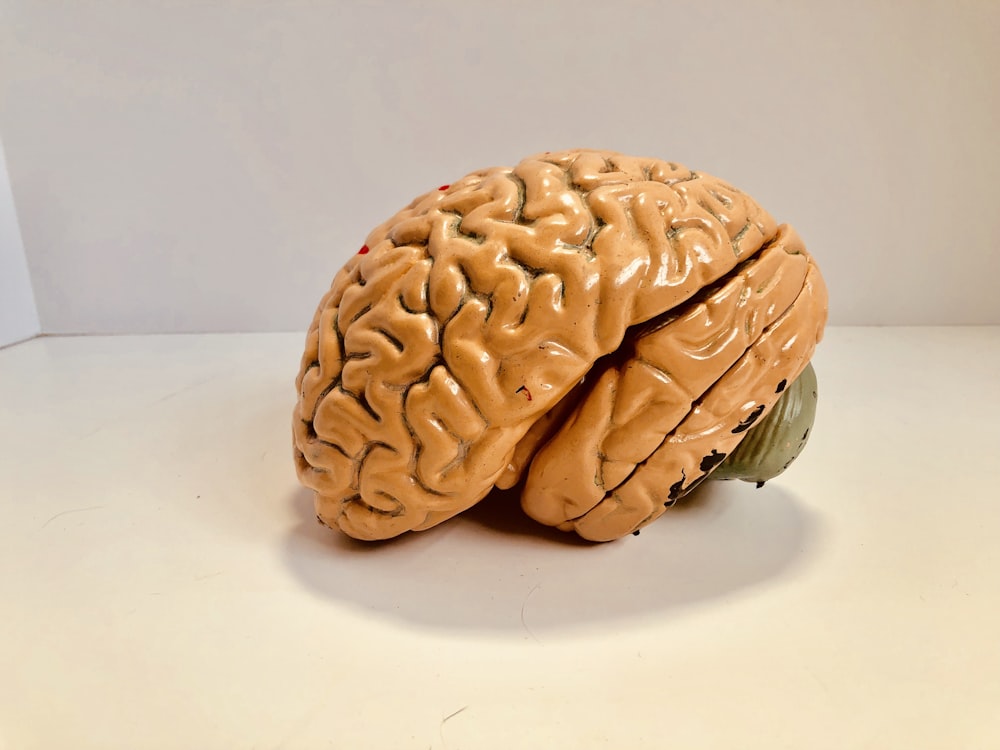
Crowning Smiles: Unveiling the Essence of Dental Crown Procedures
Dental crowns play a crucial role in restorative dentistry, offering solutions for damaged or weakened teeth. Let’s delve into the intricacies of dental crown procedures, understanding their significance in preserving oral health and enhancing smiles.
Understanding Dental Crowns: A Shield for Your Tooth
Dental crowns, often referred to as caps, are prosthetic restorations designed to encase a damaged or decayed tooth entirely. Crafted from materials like porcelain, ceramic, metal, or a combination, crowns provide structural support, protection, and aesthetic improvement. This versatile dental solution addresses various concerns, from decay and fractures to cosmetic enhancements.
Assessment and Preparation: The Initial Steps
The journey of a dental crown procedure begins with a comprehensive assessment. During the initial visit, the dentist evaluates the affected tooth, considering factors like the extent of damage, location, and the patient’s oral health. If a dental crown is deemed suitable, the tooth undergoes preparation. This involves removing any decayed or damaged portions, shaping the tooth to create a proper foundation for the crown.
Digital Impressions and Customization: Precision in Design
Advancements in dental technology have transformed the traditional impression process. Digital impressions using intraoral scanners capture precise details of the prepared tooth, eliminating the need for uncomfortable traditional molds. These digital impressions contribute to the customization of the dental crown, ensuring a snug fit, optimal alignment, and a natural appearance.
Temporary Crowns: Guarding Your Tooth Temporarily
After tooth preparation, a temporary crown may be placed to safeguard the exposed tooth until the permanent crown is ready. While temporary, this crown serves both functional and aesthetic purposes, preventing sensitivity and maintaining the integrity of the prepared tooth. It also provides an opportunity for the patient to assess the fit and comfort before the final restoration.
Materials Matter: Choosing the Right Crown
The selection of materials for dental crowns depends on various factors, including the location of the tooth, functional requirements, and aesthetic considerations. Porcelain and ceramic crowns are popular for front teeth due to their natural appearance, while metal or porcelain-fused-to-metal crowns may be preferred for back teeth, providing durability and strength.
Laboratory Fabrication: Precision in Crafting
Once the tooth is prepared, and impressions are taken, the dental crown enters the fabrication stage. Skilled dental technicians, often working in dental laboratories, meticulously craft the crown based on the digital impressions and the dentist’s specifications. This precision ensures a crown that fits seamlessly, mimicking the natural contours of the patient’s tooth.
Fitting and Adjustments: Ensuring Comfort and Functionality
Upon completion of the dental crown, a fitting appointment is scheduled. The dentist assesses the fit, bite, and appearance of the crown. Adjustments may be made to guarantee optimal comfort and functionality. The goal is to achieve a bite that feels natural and aligns with the patient’s overall oral health.
Permanent Crown Placement: Securing the Restoration
Once satisfied with the fit and adjustments, the permanent crown is securely bonded to the prepared tooth using dental cement. This cement forms a strong and durable bond, ensuring the crown stays in place during normal oral functions like chewing and speaking. The placement marks the completion of the dental crown procedure, providing a long-term solution for tooth restoration.
Post-Procedure Care: Preserving Your Crowned Tooth
After a dental crown procedure, maintaining good oral hygiene is crucial. Regular brushing, flossing, and routine dental check-ups contribute to the longevity of the crown and the overall health of surrounding teeth and gums. Avoiding excessive force on the crowned tooth, such as grinding or biting hard objects, helps preserve the integrity of the restoration.
Benefits Beyond Restoration: Aesthetic Enhancement
While dental crowns primarily serve a restorative function, they also contribute to aesthetic enhancement. The materials used in modern crown fabrication mimic the translucency and color of natural teeth, ensuring a seamless blend with the patient’s smile. A well-crafted dental crown not only restores function but enhances the overall appearance of the tooth.
Crowning Smiles: A Comprehensive Dental Solution
In conclusion, dental crown procedures stand as a comprehensive solution for restoring and enhancing smiles. From initial assessment and preparation to the meticulous crafting of the crown, each step contributes to the success of the procedure. With proper care and maintenance, dental crowns offer long-lasting benefits, preserving oral health and restoring confidence in every smile. To explore more about dental crown procedures and their significance, visit health-sourcing.com. Your journey to a beautifully restored smile begins here.



